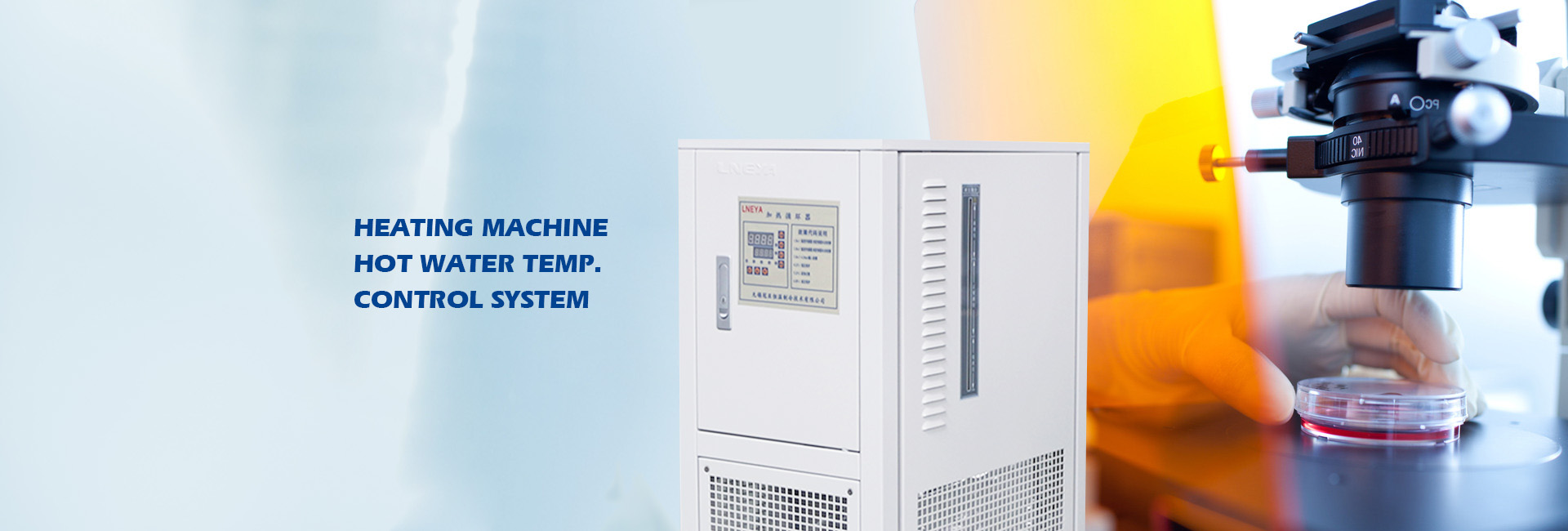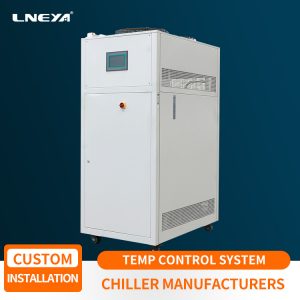The necessity of temperature heating and cooling cycle in the process of catalytic hydrogenation
In recent years, with the rising price of oil, the demand for benzene obtained from coking benzene has increased, coupled with the country’s increasing emphasis on environmental protection, the widespread application of coking benzene hydrogenation technology is imperative.
According to the reaction temperature, the coking crude benzene catalytic hydrogenation process can be divided into three types: high temperature hydrogenation (600℃~ 630℃), intermediate temperature hydrogenation (480℃~ 550℃) and low temperature hydrogenation (350℃~ 380℃). It is a high-temperature hydrogenation and low-temperature hydrogenation process.
Temperature has an effect on the reaction rate and selectivity of the hydrogenation reaction, but it does not necessarily have to be high temperature, because the actual production process often uses a catalyst to reduce the reaction temperature, which is very beneficial to production.
Constant temperature circulators are used more in pharmaceuticals, chemical engineering, and laboratories. Constant temperature circulators can also have heating and cooling functions. They can be used for cooling and heating or maintain constant temperature in the maximum temperature range of -25℃ to 200℃. It uses refrigerants. Compression, condensation, expansion, and evaporation, continuously absorb heat and vaporize at the evaporator, perform cooling and cooling, transfer heat from low-temperature objects to a cycle process like high-temperature objects, cool materials to the required temperature and maintain low temperature.
The scope of application is relatively wide, and experimental equipment such as reactors, reactors, fermentation tanks, evaporators, etc. are often used together. LNEYA heating circulator UC series products can realize the high temperature cooling process, from the high temperature of 300 ℃ to 50 ℃ directly. Equipped with a heating and cooling integrated container, the heat exchange area is large, the rate of temperature rise and fall is fast, and the demand for heat conduction oil is small. The product adopts fully enclosed circulation, high temperature without oil mist volatilization, heat conduction oil will not be oxidized and browned. The entire system is a fully enclosed system. There is no oil mist at high temperatures. At low temperatures, it does not absorb moisture in the air. During operation, the system will not increase pressure due to high temperatures. Low temperature automatically replenishes the heat transfer medium.
Related recommendations
-
Debugging steps of industrial water chiller in chemical industry
1461After completing the installation of industrial water chillers in chemical enterprises, certain debugging needs to be carried out in the early stage of operation. Only through careful debugging can we find out whether there are hidden troubles in...
View details -
The Difinition and Application of Heating Cooling Circulator
1432Before discussing how to choose the right brand of heating cooling circulator, we need to know the definition and application of heating and cooling circulator. Definition: thermostatic waterbath is also called the thermostatic water tank, constan...
View details -
What should you pay attention to when using the cooling and heating oil bath?
1404In the high and low temperature control, cooling and heating oil bath is one of the more important equipment. What aspects do users need to pay attention to when running the device? The cooling and heating oil bath equipment should be kept clean a...
View details -
 LNEYA Industrial Chillers Manufacturer Supplier
LNEYA Industrial Chillers Manufacturer Supplier














